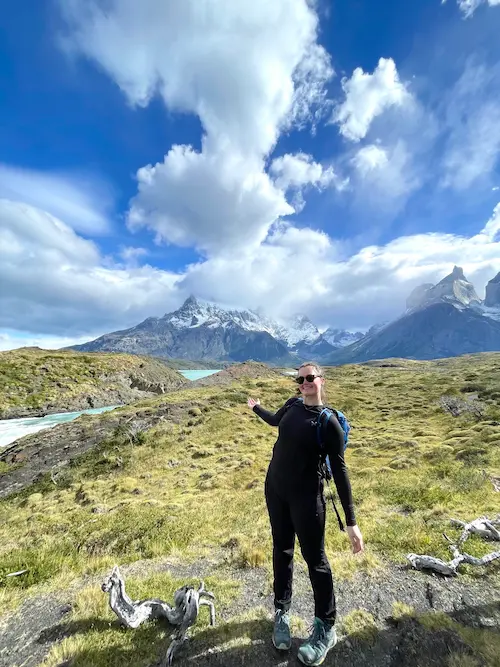SFS Takes the Field
It’s Week Seven here at the Centre, and time has been flying. Last week was our busiest academic week yet, with our three midterms, but I am happy to report the successful completion of that phase of the semester. We’ve been tackling our final Field Exercise before we head out on mid-semester break.
‘What is a Field Exercise?’ you might ask. In one phrase, a Field Exercise is the epitome of putting knowledge from the classroom into practice in the field. We follow all the steps of carrying out a scientific research project: data collection, extraction, and analysis. Finally, we synthesize it all to write parts of a scientific paper.

Our first Field Exercise was for Rainforest Ecology a couple of weeks ago. Our project focused on cane toads, an invasive pest species in Australia. The first part of data collection consisted of visiting different properties, where we proceeded to hunt for cane toads, and hand-collected any that we found. Over two nights, the groups had turned in 123 cane toads! Then it was time to move into the lab for dissection, my personal favorite part of the exercise. We took body measurements, and based on the types of measurements we had, we each got to choose a research question and write an Introduction and Materials & Methods section of a scientific paper addressing the question.
Next up was our Socioeconomics/Environmental Policy Field Exercise, which took place in the Daintree Rainforest, ‘where the rainforest meets the reef.’ For our Field Exercise, we split into groups and visited different sites, where we approached visitors who we then asked to participate in a brief ecotourism questionnaire we had designed. We collected a wide range of data, and when we returned to SFS, we were responsible for analyzing the data to address a research question provided by our professor. We then wrote the Results and Discussion sections, but we could tackle it in a variety of ways using different sections of questionnaire data.
One of our final questions was “Has the Daintree met your expectations?” I can certainly say it met mine. In between conducting interviews, we had free time to enjoy the area and its beauty, both on the beach and in the rainforest, and the view from the lookout point ‘where the rainforest meets the reef’ is one I’ll never forget. We also got to do some exotic fruit tasting and take a croc river tour!
This week has been the culmination of our Field Exercises, with everyone hard at work for Natural Resource Management. We spent the first part of the week out in the field, collecting data to measure native forest regeneration on an abandoned lychee plantation, which comprised of groups splitting up to measure tree abundance, seedling abundance, canopy cover, and ground cover. Once again, each of us was to choose a research question and write Results and Discussion sections with our data.
I have really enjoyed working on these Field Exercises. There’s definitely been something, between all three subjects, that’s hit on everyone’s interests, and it’s been interesting to get a taste of three different facets of environmental studies and associated research. As someone who has done research before but never anything environment-related, I especially enjoyed the hands-on aspect of these projects outside in the field. The experience has made me excited to start Directed Research in a few weeks and further explore some of my own interests!

Related Posts


